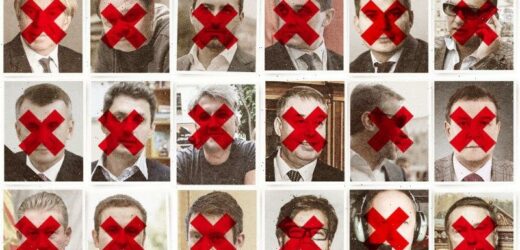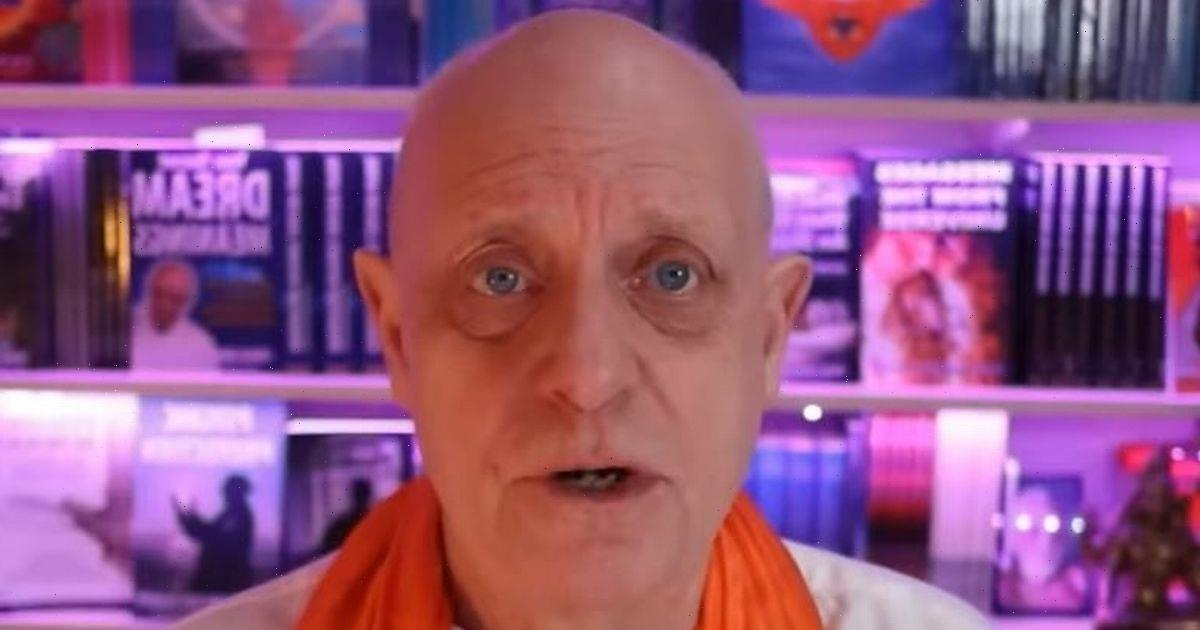By Carrie Fellner
A member of the Russian elite dies in a freak accident? Happenstance. Then another dies in similar circumstances? Could be written off as a coincidence. But a spiralling body count of 23 deaths in less than a year has sparked fears of “enemy action”, as Auric Goldfinger famously put it to James Bond in the classic 1964 spy film.
Since late January 2022, Russia’s accident-prone business tycoons are rapidly in danger of becoming an endangered species.
The string of mysterious deaths has attracted global attention, with growing fears sinister forces are at play, even though the deaths have mostly been attributed to misadventure and mental health issues.
The trail of bloodshed, which started shortly before Russian President Vladimir Putin’s invasion of Ukraine, has spanned time zones and continents.
The manner of death has varied from the seemingly straightforward (strokes and suicides) to freak accidents (falling down stairs or from a speeding boat) to the downright bizarre (poisoning from a shaman’s toad venom).
The youngest of the fatalities was 37 years old and the oldest 73. They have included feared military leaders, billionaire oil and gas oligarchs, top business executives, high-ranking public servants and, the latest, a “sausage tycoon”.
Click on the pictures below to find out how they died.
The billionaires
Some of the deaths have been marked by brutal violence, with a gas executive found hanging in his Spanish villa where his wife and daughter were bludgeoned to death with an axe.
The common thread is the deceased’s elite status in Russian society and the wealth they have amassed during their ascent to the top of their industries.
Several were either closely tied to the Kremlin or outspoken opponents of Putin’s invasion of Ukraine.
On July 9, an anonymous Wikipedia user created a page entitled “2022 Russian Mystery Deaths” which began a running count of the fatalities.
In October, prominent financier Bill Browder told the ABC it appeared to be “an epidemic of murder” triggered by oligarchs feuding over cash shortages caused by the war, with Putin embroiled as the country’s de facto “mafia boss”.
Browder’s view – that the deaths were contract killings – is supported by many of the friends, family and colleagues of the deceased who have challenged official explanations given by investigators.
The oil and gas tycoons
Professor Jeffrey Winters, a political scientist and oligarch expert from Northwestern University in Illinois, pointed out many of the dead were billionaires with bodyguards and access to the best healthcare money could buy.
He told The Sydney Morning Herald and The Age that without thorough investigations there could only be speculation as to the causes, but dubbed the oligarchs’ deaths “highly unusual”.
“They have access to the best health care. They fly to top hospitals like the Mayo Clinic and receive concierge check-ups and treatments, paying full costs with no insurance,” he said.
Most oligarchs also had an entourage or security detail in tow, making them difficult to kill, Winter noted.
“Being a wealthy oligarch means you have many layers of protection around you,” he said. “If not bodyguards, then at least private drivers and personal assistants who manage everything for them. When they stay at hotels, they are usually on floors that require extra security access or have staff posted at elevators. These are not people who randomly fall off roofs or out of windows.”
The business execs
Winters said the recent spate of deaths continued a pattern of mysterious poisonings and assassination attempts already in place under Putin for more than a decade.
“The three places where oligarchs are most vulnerable are Saudi Arabia, China and Russia,” he said. “These are the only places where large numbers of oligarchs have been arrested, jailed or die under strange circumstances.”
UNSW associate professor Stephen Fortescue is a political scientist, specialising in Russia.
He said the deaths were not necessarily suspicious in isolation but, given the weight of numbers, he could not exclude at least some being the result of foul play.
“Heart attacks, suicide, falling off boats – they all happen,” Fortescue said. “Russian men are particularly susceptible to all those things – they lead stressful lives and drink too much. This is a particularly stressful time for them.
“So as individual cases they sound plausible, although as the numbers build you can’t help start taking more notice.”
He believed the most likely motivations for murder were commercial disputes or that the victim possessed information that made them a liability to another individual.
The military men
Fortescue wasn’t convinced the deaths were a concerted campaign from a single source, such as Putin.
“We know Putin and the state aren’t shy of using violence and coercion, but the links in these cases aren’t particularly convincing,” he said.
Winters offered a different view.
“Putin is a sultanistic oligarch, which means he is the lead or alpha oligarch in Russia,” he said. “He can make or break oligarchs. He is both the source of safety and of risk.”
Winters said Putin had to find a means to tame the rest of the country’s oligarchs, who were extremely powerful as a group.
“It would be dangerous for Putin to go after all the oligarchs at once. One way sultanistic oligarchs like Putin show their power is to make examples of selected members of the group. It reminds the others who butters their bread and who can take them down. It is a very common pattern of oligarchy around the world and throughout history.”
Russia’s Investigative Committee has repeatedly declined to comment on the deaths when contacted by international media outlets including CNN.
Get a note directly from our foreign correspondents on what’s making headlines around the world. Sign up for the weekly What in the World newsletter here.
Most Viewed in World
Source: Read Full Article


